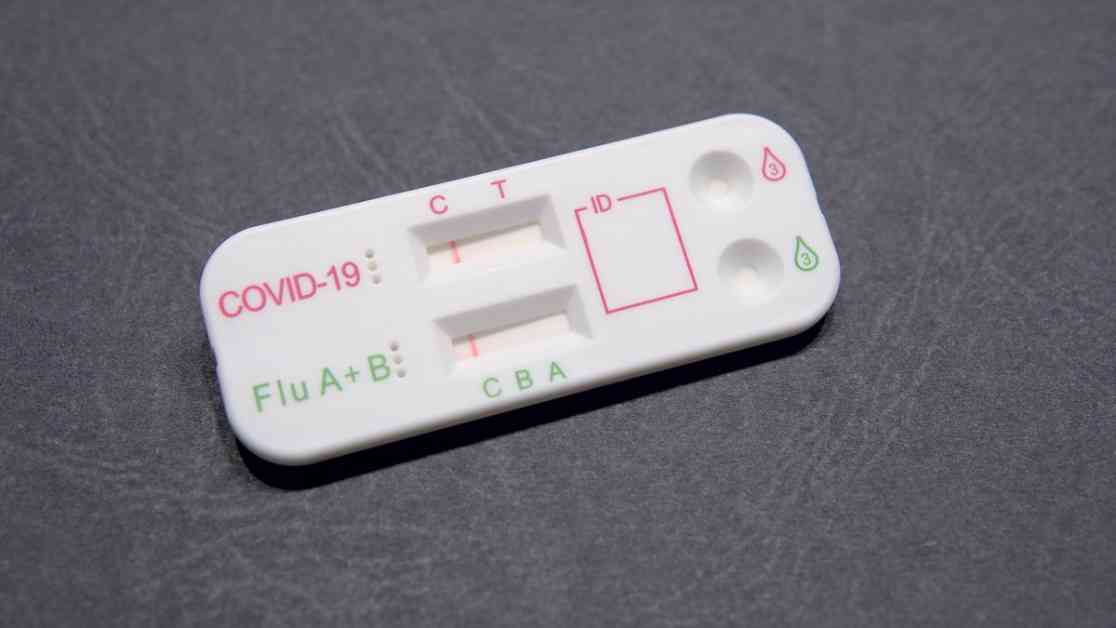A scratchy, sore throat, a relentless fever, a pounding head, and a nasty cough – these symptoms all point to an upper respiratory illness. But which one could it be? Many viruses that cause upper respiratory infections like influenza A or B and the virus that causes COVID-19 all target the same areas in your body, primarily the upper and lower airways. This shared battleground triggers a similar response from your immune system, resulting in overlapping symptoms such as fever, cough, fatigue, and aches and pains, making it challenging to determine the underlying cause.
Thanks to the National Institutes of Health’s Rapid Acceleration of Diagnostics (RADx) program, the Food and Drug Administration has granted emergency use authorization for seven at-home rapid tests that can differentiate between COVID-19, influenza A, and influenza B. These tests allow individuals to determine whether they have COVID-19 or the flu from the comfort of their homes, helping patients and doctors come up with appropriate care plans sooner.
Traditionally, identifying the virus causing upper respiratory illness symptoms required a visit to a clinic or hospital for a medical professional to collect a nasopharyngeal sample. However, the COVID-19 pandemic has made over-the-counter tests for respiratory illnesses common. These tests, which can be done at home, are less invasive and provide results quickly. Over-the-counter multiplex tests have been developed to screen for multiple respiratory infections simultaneously, with Pfizer’s Lucira test becoming the first at-home diagnostic test for both COVID-19 and influenza to receive emergency use authorization.
There are two primary forms of at-home COVID-19 and COVID-19/flu combination tests: molecular tests like PCR that detect genetic material from the virus, and antigen tests that detect proteins from the virus. Antigen tests are commonly used as they are easy to use and provide quick results, but they may be less sensitive than PCR tests.
While rapid antigen tests have limitations and are currently designed to detect only COVID-19, influenza A, and influenza B, researchers are working on developing more sophisticated tests that are more sensitive and can detect a wider range of viruses or even bacterial infections. Integration of multiplex tests with smartphones for rapid at-home diagnosis and reporting to healthcare providers is also being explored to increase accessibility for individuals with vision impairment or other challenges.
Faster and more accurate diagnoses can lead to more targeted and effective treatment plans, potentially reducing unnecessary antibiotic use and improving patient outcomes. The ability to rapidly identify and track outbreaks can also empower public health officials to better mitigate the spread of infectious diseases. As technology advances, the future of at-home testing looks promising in providing individuals with the tools they need to stay healthy and informed.










